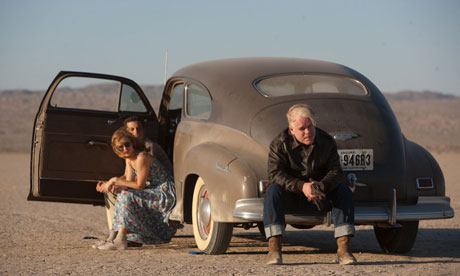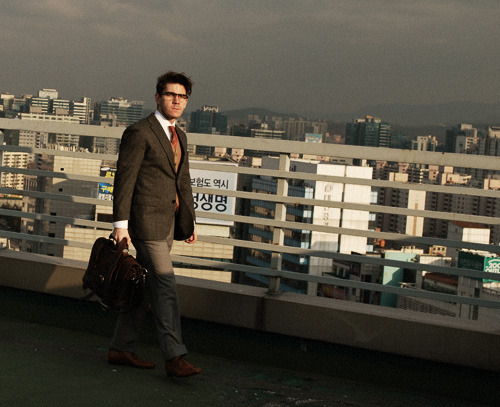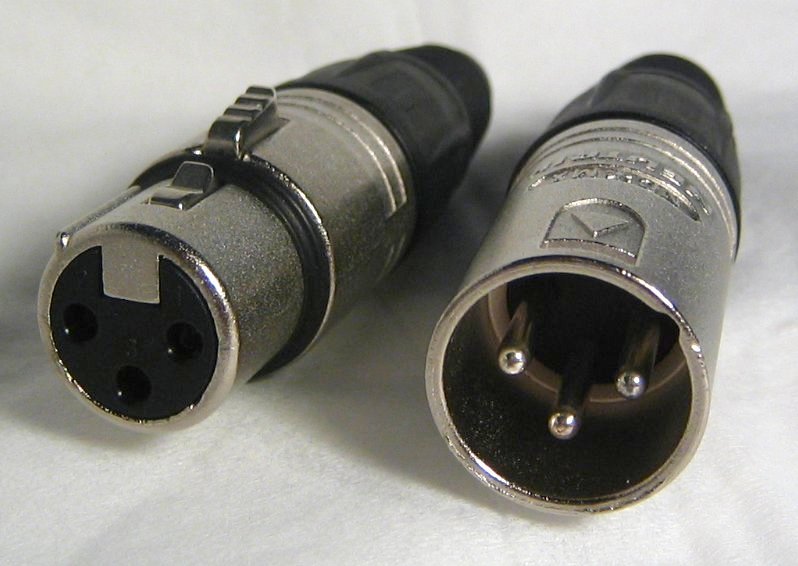I bought this book recently and it contains
some really helpful tips and insights into the workings of digital movie
making. Below are some simple points for me to remember for future reference.
·
Figgis mentions that making a
film is a rather straight forward task but one of the most important attributes
you need is patience.
Knowing
Your Camera;
·
Love your camera – get to know
how it works – check all of its functions so you know all that can go wrong. Doing
this will enable you adapt or fix any problems during the shoot.
·
Use the camera – spend time
with it. Allow the camera to become an extension of your body.
·
Read the camera’s manual. Learn
what it can do then customize the settings to get what you want.
·
Have a loyalty to your camera.
Use it and know it. Respect its faults and learn to work round them as part of
the production.
On
Cameras
·
His brief history using a Super
8 camera reminded me of Peter Jackson’s humble beginnings. Using analogue film
was costly – you couldn’t waste film – you really had to know what you were
shooting beforehand. This problem does not exist with digital.
·
Differences between 8mm, 16mm,
35mm.
1. 8mm – Has a tiny film reel. Hard to edit and project.
2. 16mm – TV look, square image.
3. 35mm – Wider image, rectangular. Depth of field and focus
improvements.
- Each camera has its own
structure and limitations – learn them so you can deal with/bypass/change
things so you can get the best possible image that you want.
- When the transition from film
to VHS occurred the VHS provided its own ugly problems. The VHS had big tapes,
the colour had a lot of issues, the reds were very extreme and the images were
easily overexposed, blurry images. The Sony Hi-8 had smaller tapes and seemed
to move things forward away from the VHS cameras.
Video
Aesthetics
· With the emergence of smaller
cameras came the problem of the captured images appearing floaty – light –
shaky – the pan being too sharp - the image not having a balanced horizon. The
rule is; the lighter the camera the more weight you need to keep it stable.
· As a director you do a lot of
pre planning, but during a shoot you have to watch from an angle. The main
relationship is now between the cameraman and the actor/s. By not having hold
of a camera you’re unable to make instant creative decisions. So you have to
wait until ‘cut’ before you can explain to the cameraman any new angles
(whatever) that have sprung to mind. It’s a slow process.
· Operating a camera (or
something else) gives back some of that creative freedom you have as a
director. This is more common on lower budget films and digital productions
that have smaller crews.
· When filming digitally, with a
small crew, Figgis found that the filming process would have been easier/faster
by shooting it all on his own. Get the actors in place, get yourself in place
then just shoot. It’s very time consuming explaining what ‘you’ want to a group
of people then allowing them to try and get it right. If you do want to be a
hands on director you really need to know your stuff, it’s not enough being the
visionary, you need to know the ins and outs of the cameras, the audio
recorders, everything. In a way you have to know more than anyone on the crew.
· Figgis goes on to mention that
to help create more fluid images you need to remove the camera away from the
head. By looking through the view finder you limit your movement but by looking
through a small LCD screen or monitor you suddenly have more freedom, you’re
able to look around while filming so you can always get into the right
positions to get the right shots. But, doing this creates its own problems –
mainly, the stability of the camera – having a steady cam or a ‘figg’ rig
allows the camera to be more secure.
Budget
- Figgis mentions that there are
only 2 kinds of directors. 1. Needs to be at the centre of the entire
production, everyone looks up to the director. He is in charge, the leader. 2.
The director sees himself as an artist and he requires other artists in their
field to help him bring his own ideas to life. Which one are you?
- To make a film work you need to
have a few basics in place very early on in the production. When working on a
small budget film your likely going to have to be – the person who books the
auditions, the sets, the persons who arranges the rehearsals, makes and serves
the food ect... These things have to be drafted into the timetable as early as
possible. You don’t want to have to think about them once the cameras start rolling.
- On small budgets don’t write a
script with exotic locations and fancy stunts because you won’t make them
happen. Always look at the budget then decide what film you’re going to make.
- Also, you need to remember that
the bigger the cast, the more expensive the equipment you bring onto the film
will result in more time being used for transportation which will result in you
spending more money.
- He goes on to say that a lot of
people get hung up on budget far too often – they use it as an excuse not to
make a film. If you own a camera you can make a 90 min feature for free. It’s
not impossible. Another thing people get hung up on is the quality of the
equipment that needs to be used when making a film, the simple truth is if you
do it right you can make a film using only your phone camera. The most
important aspect of any film is the story and as long as you are telling an
interesting, well written narrative the quality of image doesn’t have to be of
broadcast standard.
Locations
· When looking for locations it’s
always good to make a mental note of any interesting places you come across on
your travels. It’s important that you find accessible areas, places where
filming wont hinder the public so when you’re writing your scripts you’re
imagining real places as possible locations, but locations that can easily be
used.
· When filming on location,
within a natural environment like a city centre you might have some issues with
synchronizing the sound, however there is usually a clever way of handling
these problems you just need to be creative.
· When on location it’s important
to have a central base of operations, a place where you can sit and have a
coffee, a little chat, a place that can house any unused equipment. The worst
thing you can do is leave your baggage unattended lying around a busy set.
· Do a lot of pre planning with
regards to time frames, don’t allow yourself to get too far behind schedule and
if you do fall behind make sure you’re aware of it as soon as possible so you
can deal with it before it really effects your plans.
·
When out filming an action
sequence always make sure you do a shot list, or make a rough story board so
you know what needs shooting. Think of it as a shopping list; tick off each one
once you’ve bagged them. Also, don’t over visualize the sequence, get what you
need, plus a lot of cut aways then hand them over to the editor – if you’ve got
enough material and the editor is good at his job they will be able to produce
something incredible.
· As a director you main job is
to energize the crew and get them working at a high tempo and keep them there.
If you can’t lead the group it’s good to have an assistant director who can.
This also helps in the sense that it splits the work load. One focuses on the art
of the film and the other on the technical side of the production. You also
have to have targets and you have to hit them, never slacken the rules.
Lighting
· When filming on video it’s
believed that you need more light to help get a ‘film’ look – However you’re
not shooting on film so why deliberately change the aesthetic to get a film
look? Video cameras can perform well in low light situations and they also have
their own unique look, so take advantage of it and stop chasing this fictional
filmic look. The rule is you don’t need lots of light anymore to get good
images.
· When scouting for locations
keep an eye out for areas that can shade you from the sun and rainfall, you
want consistent looking shots.
· When shooting never use direct
light, always try to bounce it off a wall or ceiling.
· Look to buy cheap lights that
you can use on your film set and always allow the actor to know where the light
is so they can use it to enhance their performance.
· In a natural environment use
the light sources that are already available. Be adaptive and use the
environment.
· Bend your filming to suit the
environment don't try to bend the environment to fit your filming.
· With digital film the role of
the DP is changing. He no longer needs to just focus on getting the lighting
just right for exposure ect... They need to be asking 'why that light?' or 'why
that movement? It's like going back to basics - old rules don't necessarily
comply with new technology.
Camera
Movement
·
Camera movement has to be at
the service of the story. Every time you move the camera you have to have a
bloody good reason for doing so. If you don't leave it static.
·
Use the movement for dramatic
effect, create intimate scenes by bringing the camera in close to the actors.
From an objective view point into a subjective view point.
·
Wide angles in small spaces or
close ups can create a lot of interesting effects.
Actors
- When filming 'all' actors are
nervous regardless of the confidence or the experience they have on set. Try to
understand and respect the emotions of each actor.
- You have to hold your ground
with actors as a director - they have to understand it's your vision but you
also need them to give you options. be respectful - let them try a few things
(might or might not work) but always get what you want as well so when the
editor takes a look at all the material there are lots of options.
- When things aren't going so
well - particularly with actors - bring them into the creative circle on set.
Talk to them, ask questions, try new things. Change the lighting, the camera
movement. Remember actors like acting so just keep trying and communicating.
- Don't do to many rehearsals but
when you are only allow your actors to speak with a flat voice just so you can
see if the dialogue is working or not. Keep the actors ideas and emotions
bottled up until the cameras start to roll.
- When, if on camera, you get a
really really good shot and good performance from an actor don't hesitate to
stop and show them their work.
- Do 3 or 4 takes continually,
don't stop the cameras from rolling. Keeps the momentum up.
- Always change/lower/heighten
your voice to suit the scene. You barking orders in a sensitive scene can
disrupt the mood.
- When writing an early draft of
a script don't be to vivid about locations, characters looks ect... just get
the story down.



















 Shorter Model.
Shorter Model. Longer Model.
Longer Model.